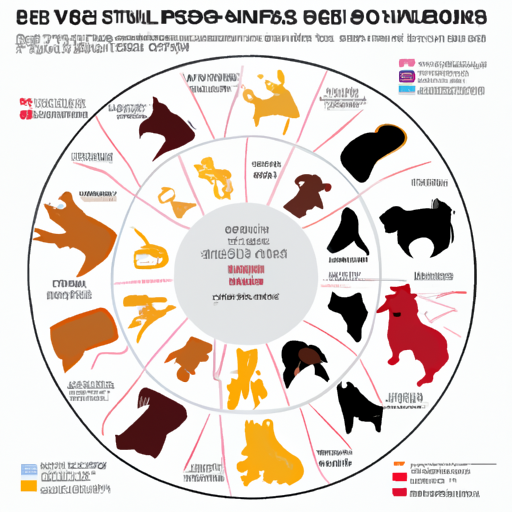Every dog owner knows the joy and satisfaction of providing their furry companions with a good petting session. The bond between you and your dog strengthens, and it’s an act of love that benefits both parties. But have you ever wondered where dogs love to be petted the most?
1. The Chest
Petting your dog’s chest is a bonding experience. Dogs, especially pups, often offer their chest for petting to show submission and trust. This area is perfect for a gentle rub or scratch, and it’s an excellent way to show your dog your love.
- Why dogs love it: The chest is a non-threatening area to touch, which helps dogs feel safe and secure.
- How to do it right: Make sure your touch is light and gentle. Avoid pressing down too hard or petting too fast.
2. The Base of the Tail
The base of the tail is one of the places dogs absolutely love to be petted. This area has a high concentration of nerve endings, making it extra sensitive to touch.
- Why dogs love it: Petting this area can trigger a dog’s ‘scratch reflex’, leading to a satisfying leg kick.
- How to do it right: Use long, sweeping motions along the back, ending at the base of the tail.
3. Behind the Ears
Dogs have numerous nerve endings in the area around their ears. Petting them here can be relaxing and comforting.
- Why dogs love it: It feels soothing and calming, like a gentle massage.
- How to do it right: Use your fingertips to gently scratch behind the ears, being careful not to pull or tug.
4. The Belly
Ah, the belly rub. It’s a dog’s invitation for a petting session, and it’s hard to resist.
- Why dogs love it: Belly rubs can be both relaxing and playful for dogs.
- How to do it right: Use a flat hand and gentle strokes. If your dog seems to be enjoying it, feel free to increase the pressure slightly.
5. The Chin and Neck
A gentle scratch under the chin or along the neck can be a real treat for dogs.
- Why dogs love it: It’s a less accessible spot for them, so they appreciate when we reach it.
- How to do it right: Use gentle strokes and scratches, and pay attention to your dog’s response.
| Favorite Petting Spots | Why Dogs Love It | How to Do It Right |
|---|---|---|
| Chest | Feels safe and secure | Light and gentle touch |
| Base of the Tail | Triggers ‘scratch reflex’ | Long, sweeping motions |
| Behind the Ears | Soothing and calming | Gentle scratches, don’t pull |
| Belly | Relaxing and playful | Flat hand, gentle strokes |
| Chin and Neck | Less accessible spot | Gentle strokes and scratches |
FAQs
Q: Why does my dog move away when I try to pet him?
A: Dogs have their preferences and also their moods. It’s possible your pet may not be in the mood for petting, or you may be touching a sensitive area. Always respect their signals.
Q: My dog doesn’t like belly rubs. Is that normal?
A: Absolutely. Just like humans, dogs have their likes and dislikes. If your dog isn’t a fan of belly rubs, simply focus on the areas they do enjoy.
Q: How can I tell if I’m petting my dog correctly?
A: Watch for signs of enjoyment like wagging tails, relaxed body language, and contented sighs or groans. If your dog moves away, seems tense, or displays other signs of discomfort, it’s best to stop and try again later.
Petting your dog is more than a display of affection; it’s also an opportunity to check for any unusual lumps, bumps, or signs of discomfort. So next time you’re cuddling your furry friend, remember these tips and enjoy the bonding experience.



